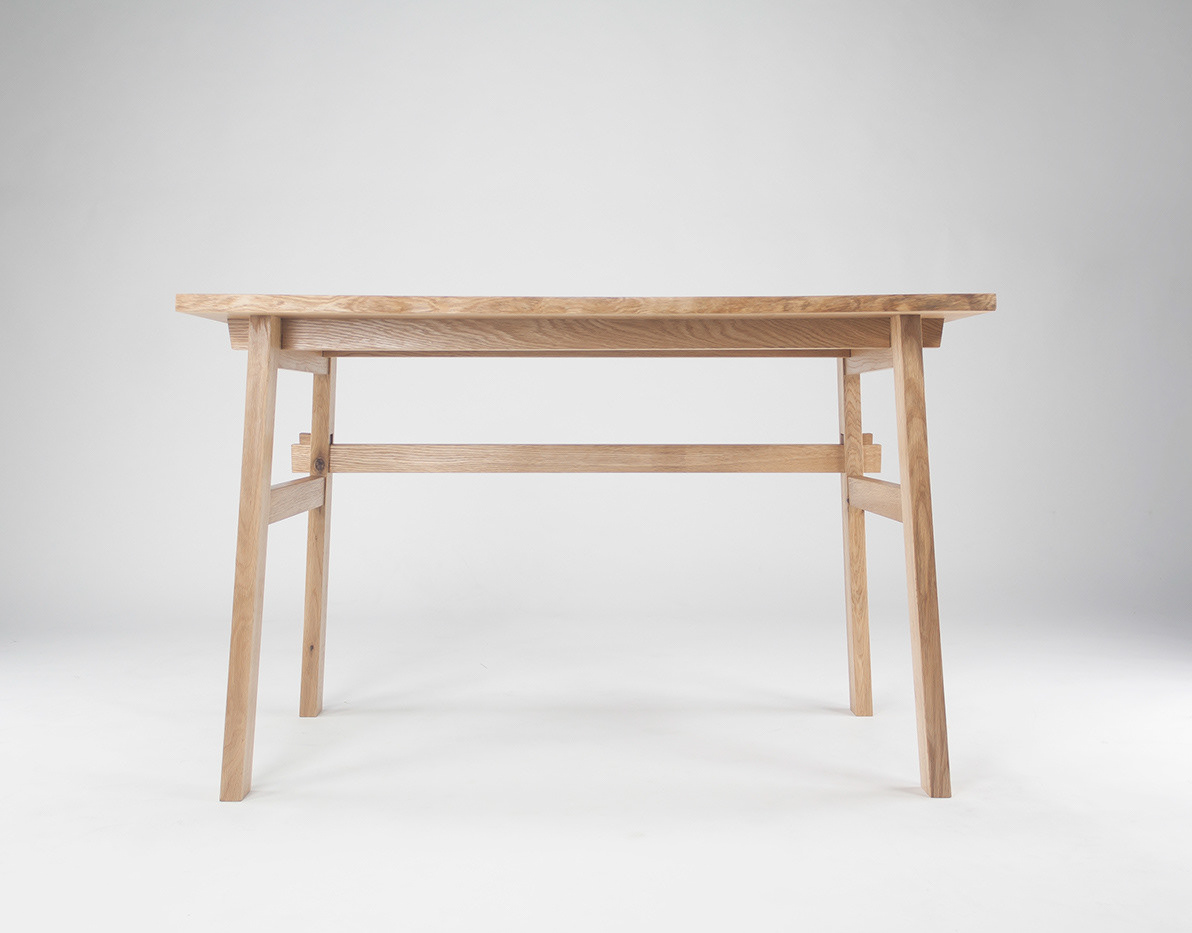URBAN LIFE IN 10 YEARS
The aim of this project, completed during my Master's program in collaboration with Panasonic, was to design something that fulfilled the anticipated needs of urban dwellers ten years in the future. My team, composed of four students of all different nationalities and fields of study, decided to tackle the many concerning problems threatening the future of safe food. After doing extensive research into the state of the agriculture industry and future possibilities for sustainable and safe food sources, we came up with a product, Nutrify, and a service, Nutrify Market, that offer a new way of looking at the idea of local produce.
My role in this project was leading and carrying out the industrial design and UX/UI design, from the concept and sketching stage to prototyping in both hardware and software.
Research
Socioeconomic trends in Japan + worldwide
From our research, we learned that over the next decade, many problems would make safe produce harder to obtain. In addition, we learned about people's growing concerns around food.
How might we...
Ensure the future availability of safe produce?
We went to Tokyo to conduct fieldwork research and learn more about safe produce. By observing people at organic restaurants, natural food cafes, and farmer's markets as well as interviewing farmers and chefs, we got an inside look at the advantages of and threats to safe produce.
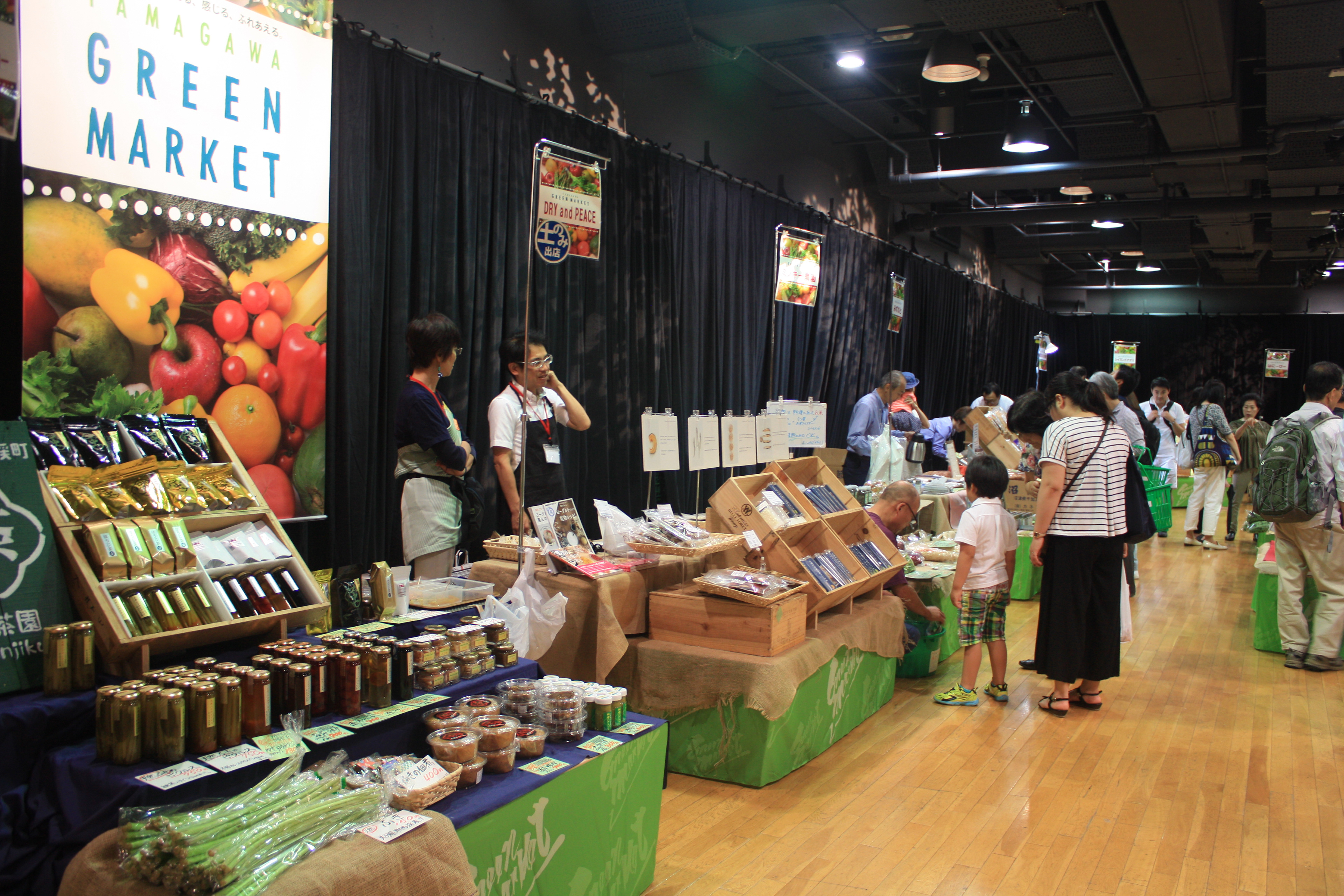
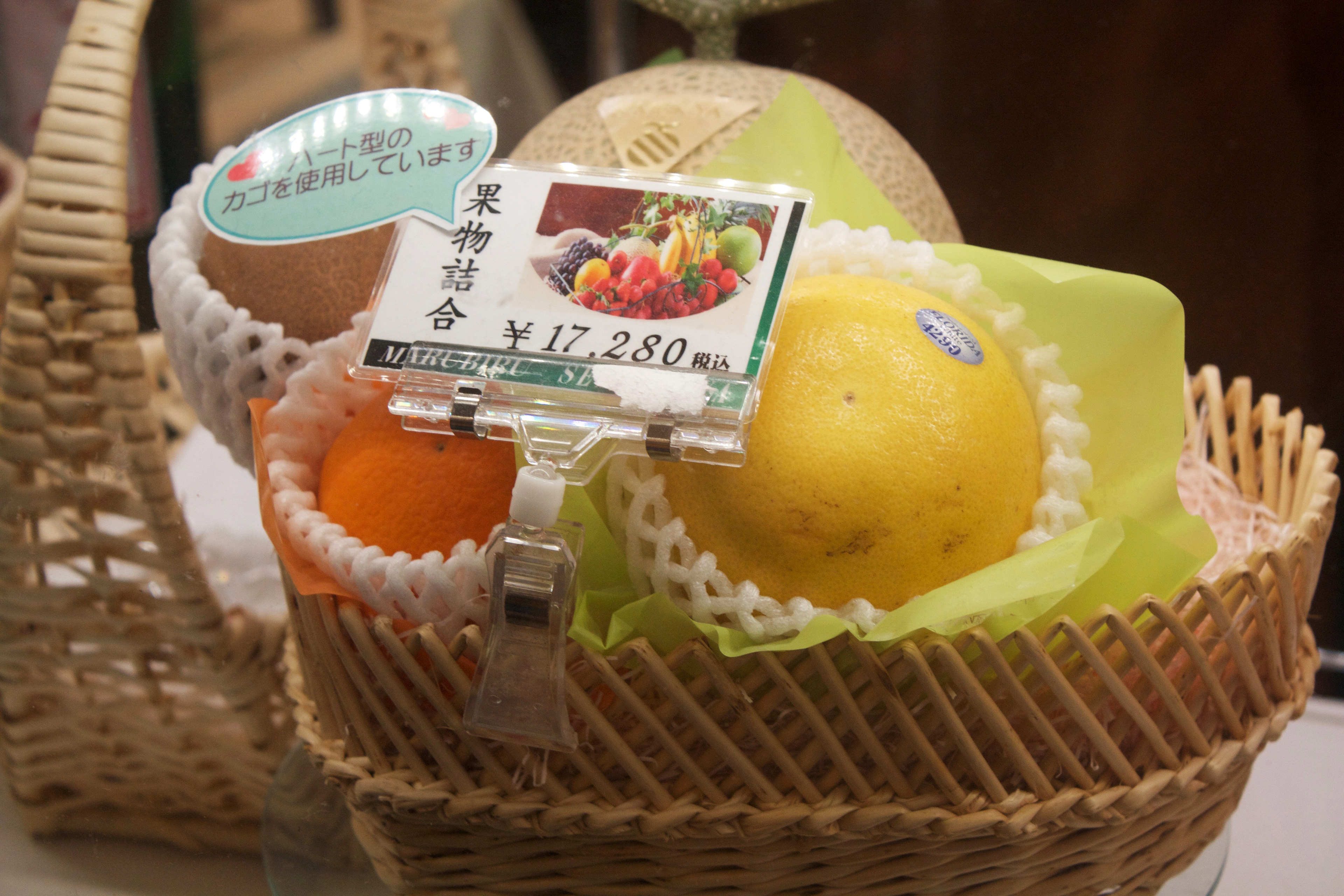

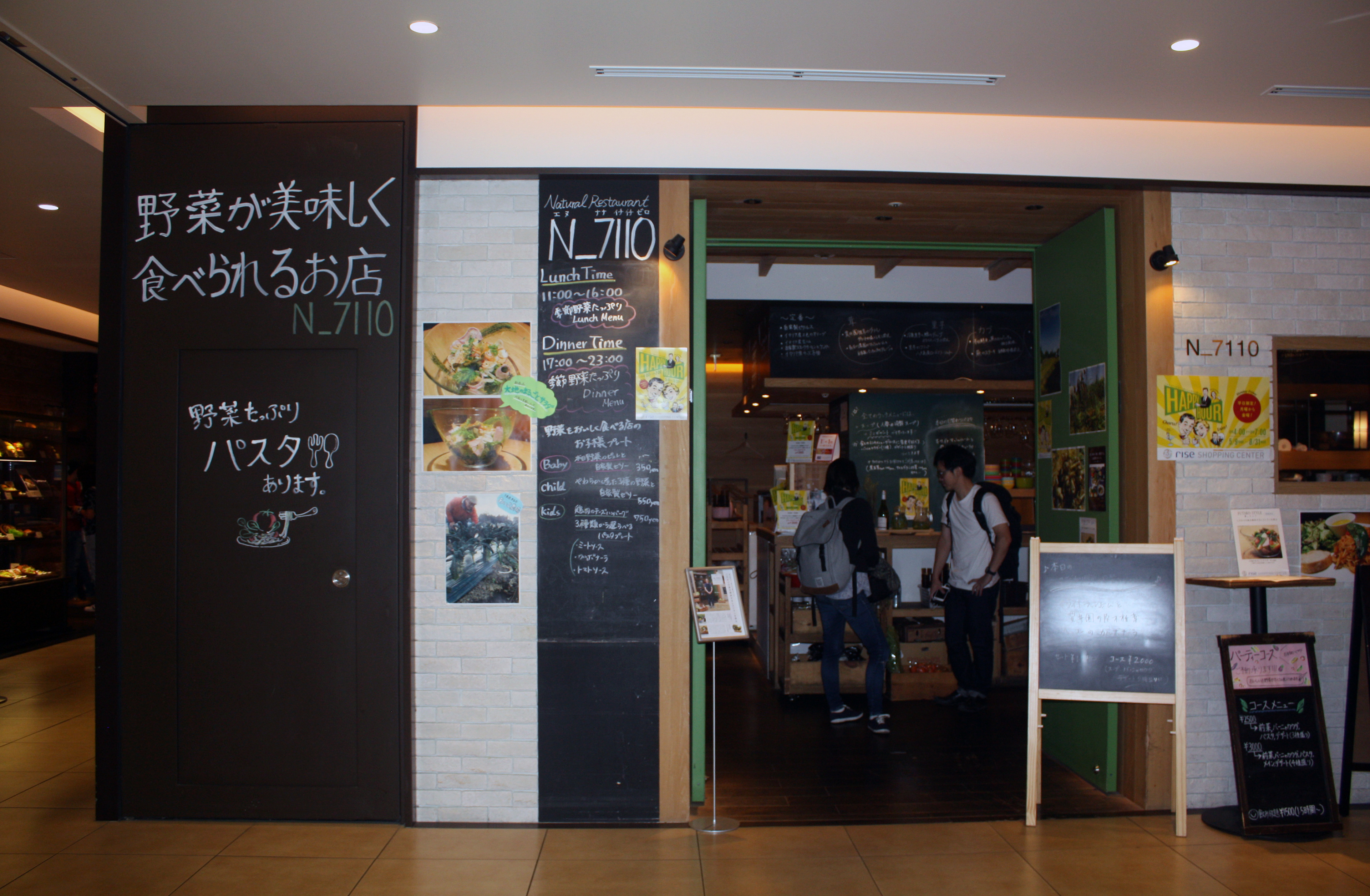
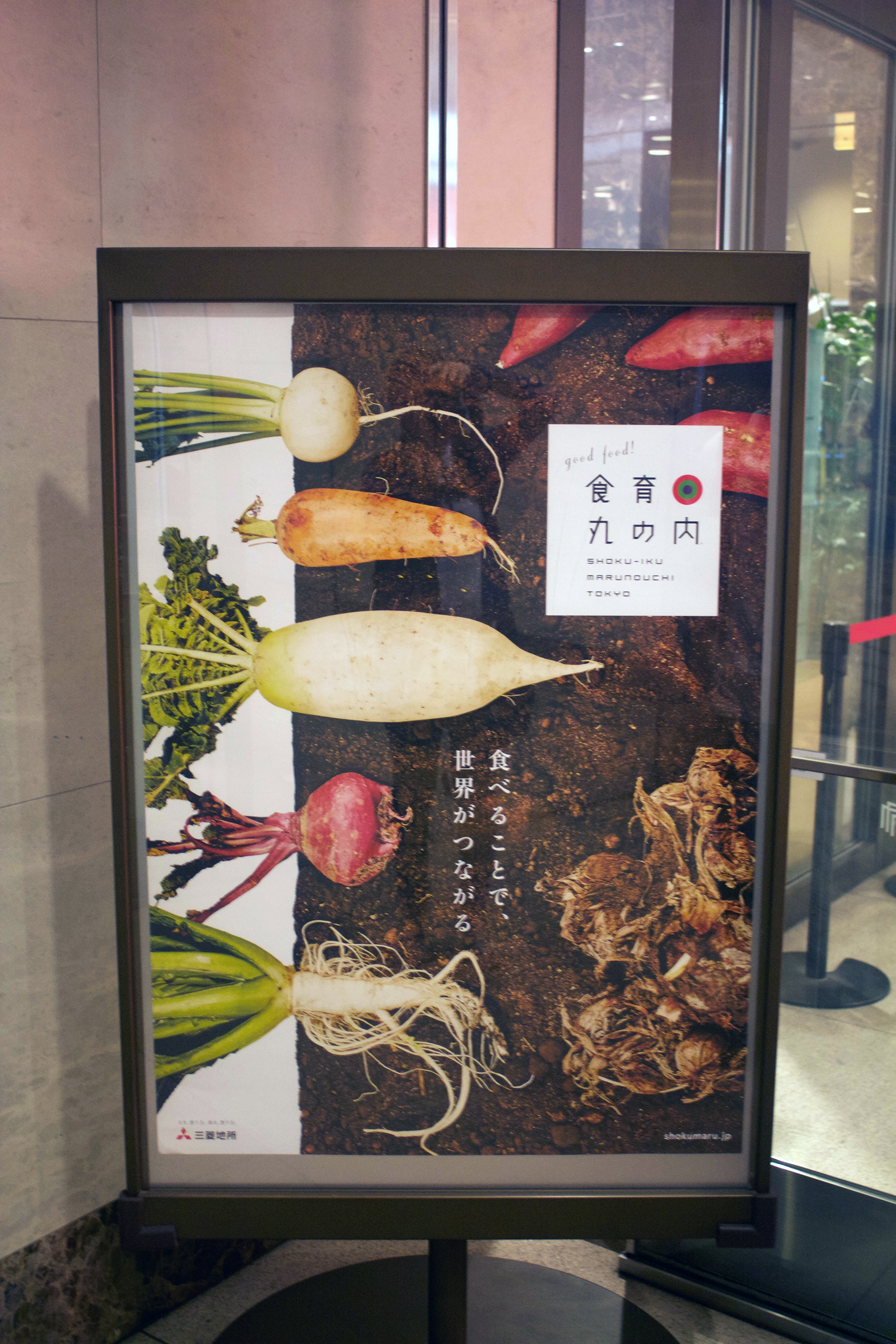
Discovery
hydroponic agriculture
During our field research in Tokyo, we stumbled upon a futuristic Subway shop that used hydroponically-grown lettuce.
The future of hydroponic agriculture
After researching the future of safe produce, we focused on hydroponic agriculture. By interviewing specialists and visiting a hydroponic factory, this is what we learned:
- Hydroponics can be used anywhere with access to electricity
- Produce factories provide a stable source of food
- In the future, hydroponics will become faster and cheaper
- Currently mostly leaf vegetables are being grown commercially, but fruits, vegetables, and root vegetables can also be grown
defining context
Hydroponics at home
When thinking of the Japanese lifestyle, we discovered that most people spend a majority of their time at home or at work. Since everyday cooking takes place inside the home, we decided that the home would be the most convenient place to grow produce. Next, we contemplated the possible locations inside the home that could be used for growing food hydroponically.
Space considerations
2-in-1, Japanese Style
We realized that Japanese home products often incorporated two or more functions into one product because of limited space. For this reason, we decided to combine a refrigerator with a hydroponic growing unit and proposed a new appliance product for the future urban lifestyle.
Refrigerator
The refrigerator is an appliance that serves to store food, with a vegetable compartment to keep produce fresh.
X
Hydroponic Growing Unit
Hydroponic growing units provide a source of home-grown fresh produce.
Full scale model
UX/UI design
Nutrify Mobile App
The Nutrify appliance comes with a complementary mobile app where users can view the status of their produce, edit growing preferences, purchase new seedlings, and more.
Interface design
Cultivation Management
One of the advantages of hydroponic agriculture is that the produce's flavor, nutrient balance, and growth speed can be controlled to a certain extent. This enables users to adjust these aspects according to their consumption pace, taste preferences, and medical or other lifestyle needs by using the accompanying app.
Service Design
Nutrify Market
The variety of product one user can grow with Nutrify is limited, and users will inevitably have times when they don't use up all the produce they've grown. In order to satisfy user needs and prevent food waste, we devised a new service concept called Nutrify Market. With Nutrify Market, users can trade their extra produce through a mobile app so that nothing gets wasted.
